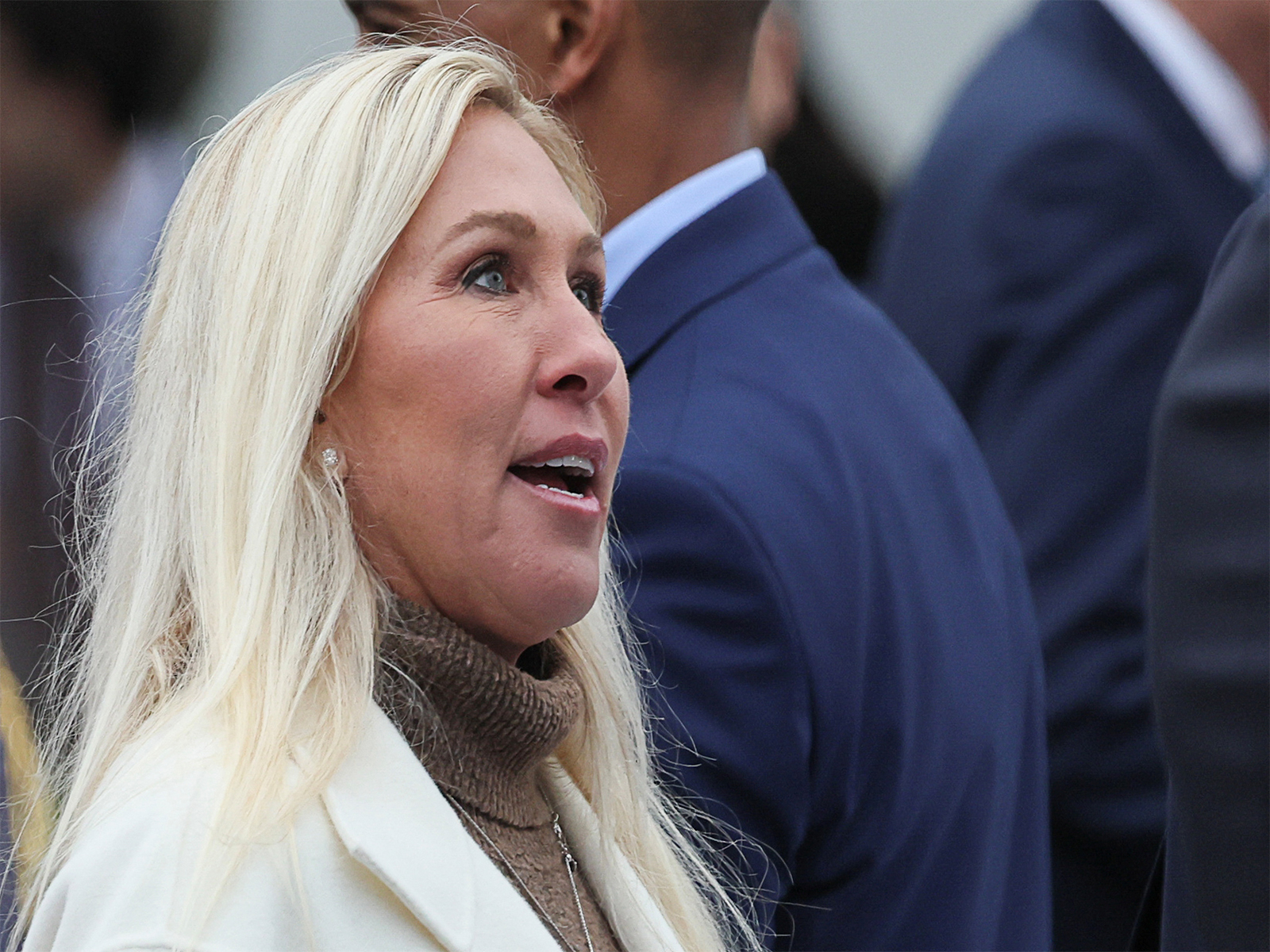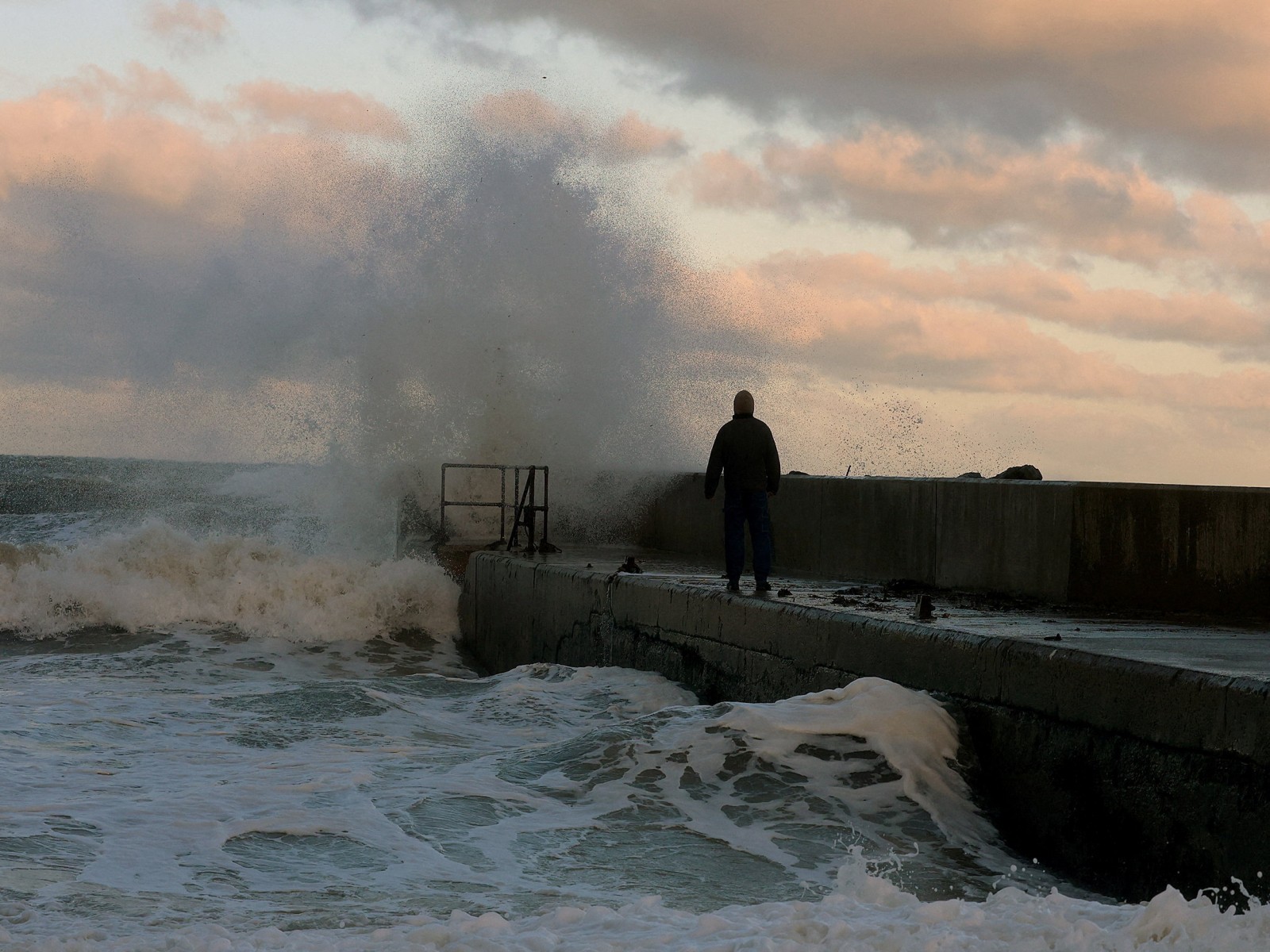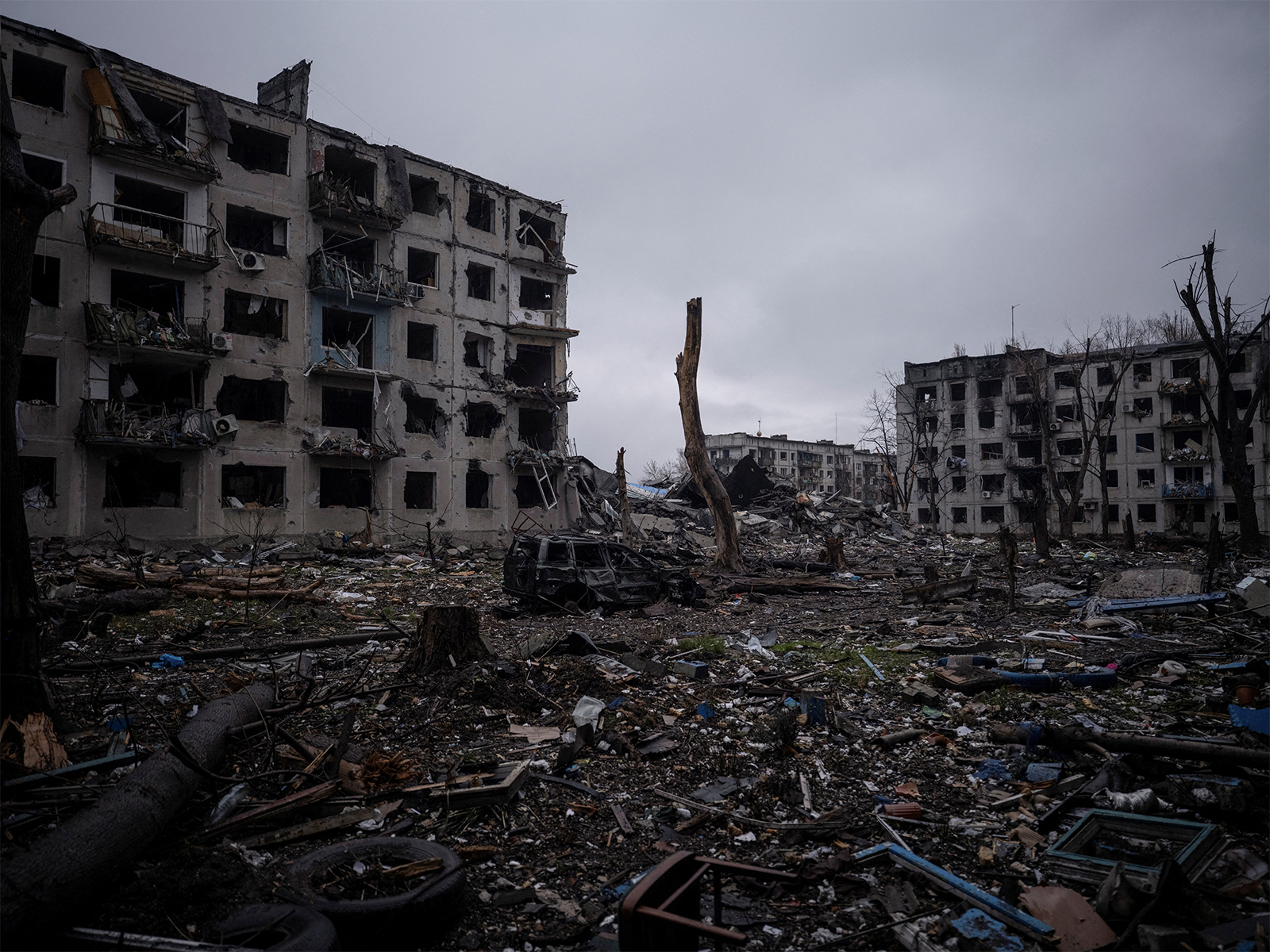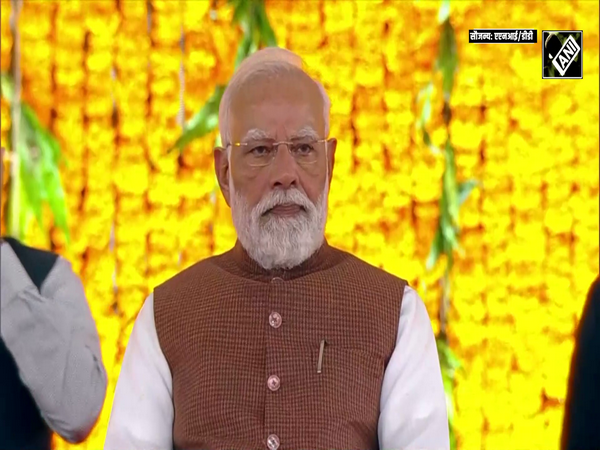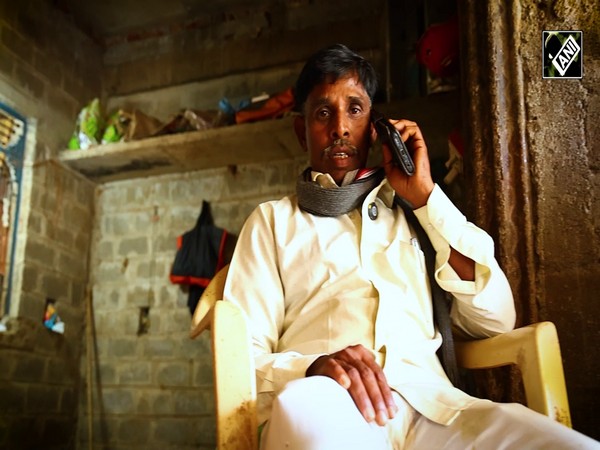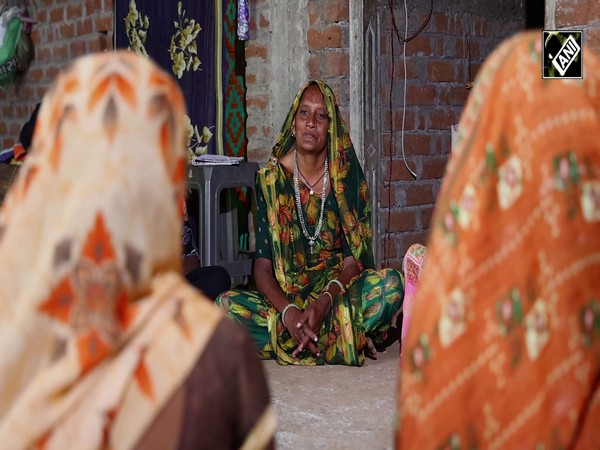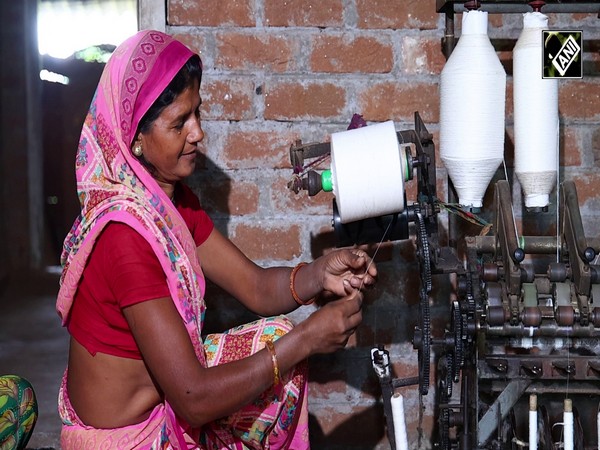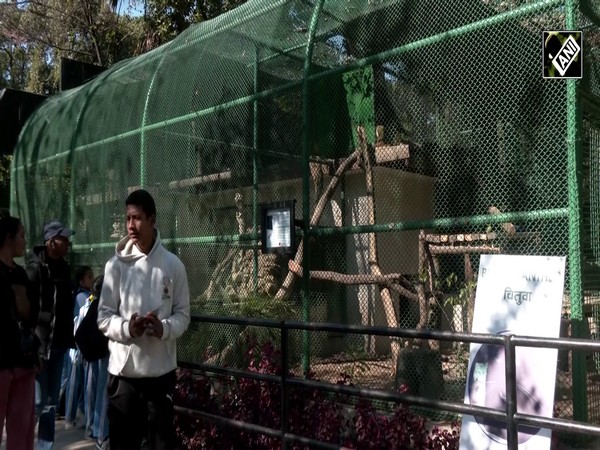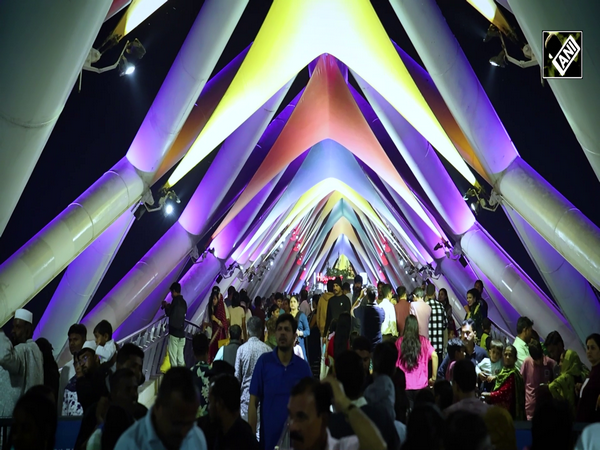Nepal needs to develop infrastructure to face risks related to flying in mountainous areas: Commercial pilot
Jan 15, 2023

New Delhi [India], January 15 : Captain Amit Singh, commercial pilot and founder of Safety Matters Foundation, said that Nepal needs to develop its infrastructure to face risks related to flying in mountainous areas. He added that the terrain in Nepal is challenging and training standards of crew must be high.
Amit Singh's statement comes after an ATR-72 Yeti Airlines flight crashed between the old airport of Pokhara region and the Pokhara International Airport.
Nepal's Civil Aviation Authority on Sunday said that 68 passengers on board the ATR-72 Yeti Airlines flight, were confirmed dead. The Kathmandu-Pokhara flight had 68 passengers, including five Indians, as well as four crew members. Speaking to ANI, Captain Amit Singh stressed that Nepal is a very challenging terrain and the training standards of the crew must be high.
"Nepal is a very challenging terrain, and especially Kathmandu. Kathmandu is a valley, it is like a bowl and the airport is in between, surrounded by mountains, high mountains on all sides. So it is a very challenging airfield. And particularly so if it is challenging, the safety standards must be higher," Captain Amit Singh told ANI.
He added, "The training standards of the crew must be high and the safety margins must be high. So if there is any suspicion that there's a technical problem, so the crew must not persist or continue with the flight. And on airing on the side of safety, they must come back and investigate.
Captain Amit Singh further said, "So the entire mountainous area of Kathmandu and Nepal is very challenging, especially in cloudy conditions. Their infrastructure is not adequate for navigation with GPS or satellite navigation and approaches. So they have to develop their infrastructure to match up with the risk associated with flying in mountainous areas. Infrastructure, environment.Have safety concentrate."
Singh said that they have witnessed a number of accidents due to flying into high risk areas of valleys. He said that the safety culture in Nepal is "not adequate." He said that Nepal needs to strengthen its safety standards.
"In the past we have seen number of accidents happening because of flying into valleys or high-risk areas, mountainous areas, under poor weather conditions or overshooting the runway. So this safety culture in Nepal is not suitable or adequate and the international bodies have said so," Captain Amit Singh told ANI.
Speaking to ANI, he said, "Nepal cannot fly to, for example, the US or Europe because they will not accept any airline which is downgraded to category two, which means their safety is not guaranteed. So if these things have been happening for so many years, serious reload has to be done by Nepal to bring up their safety standard."
Speaking about the plane crash in Nepal, Captain Amit Singh said, "Prima Facie what we see here is from the flight radar data and the visuals are soon after takeoff from Kathmandu, the airspeed and altitude indications have gone totally berserk, which are not normal indications."
He further said, "Like for example, the altitude shows 40,000 ft, whereas the service ceiling of the aircraft is 25 and the airspeed also is going up and down. So clearly this is an indication of unreliable airspeed, which is the topmost concern of ICAO, the UN body in terms of safety." He stated that the aircraft has stalled and crashed when they see the
Captain Amit Singh stated, "We see the aircraft going first nose up then suddenly the left wing drops the aircraft comes down crashing. So this is also consistent with what happens in an unreliable speed leading to a stall. So the question here is when the indications were wrong at take off, why didn't the crew come back, what were the compulsions, and why did they carry on till Pokhara?"
He further said, "They almost reached the airport and close to the airport the aircraft stalled and crashed. So all these things will be confirmed after the preliminary and final investigation. But prima Facie it is a mechanical failure and human compulsions of continuing with the flight leading to an accident. Very unfortunate."
Captain Amit Singh said that the black box will reveal what went wrong as the flight recorder will give details about the parameters, and the communication between the crew. He said that these details will be revealed only after the CVR and FDR, which is a part of the black box. He added that the preliminary report comes after 30 days.

